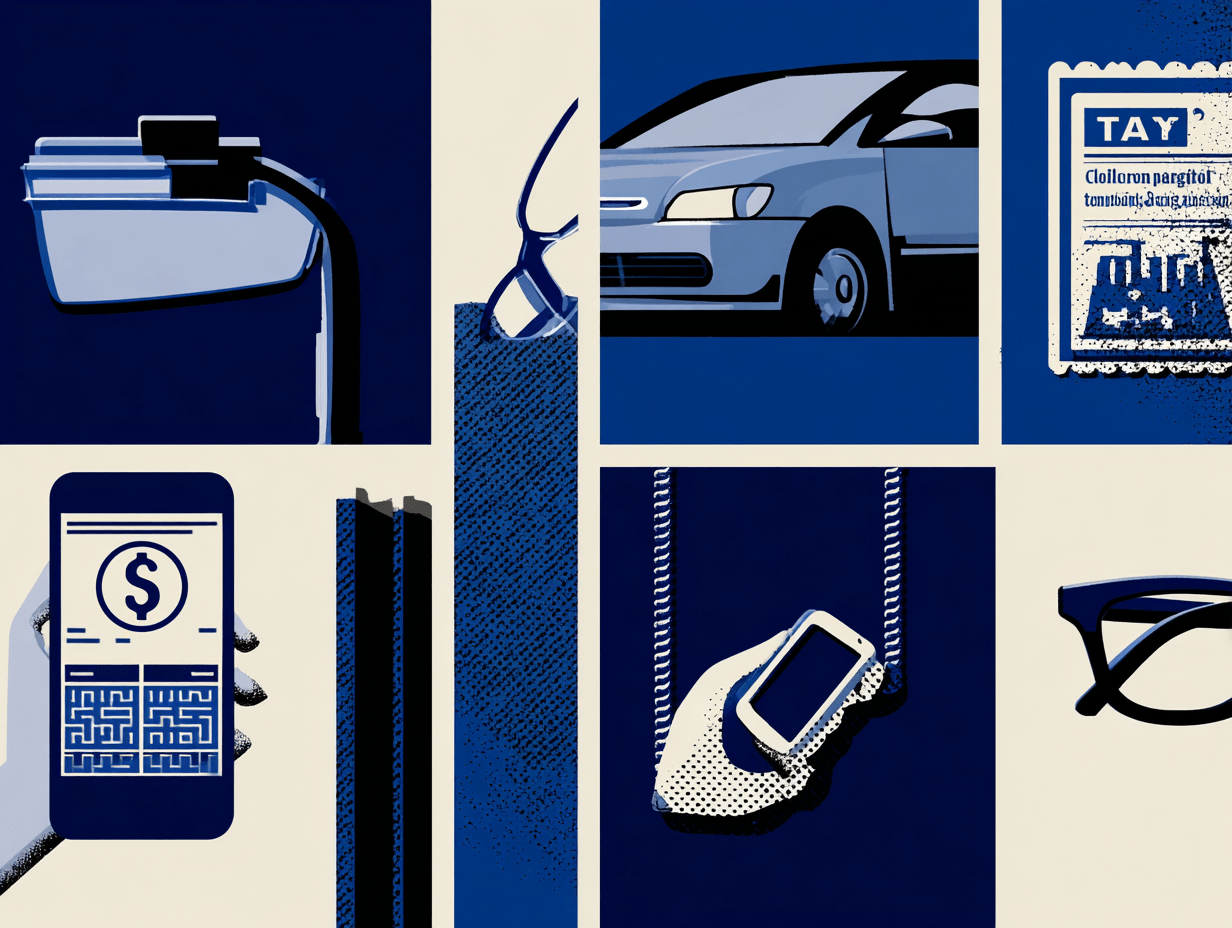What a Windshield Wiper Factory Reveals About Global Monetary Policy
The bankruptcy of a little-known US car parts company exposes the risks created by years of easy money, weak oversight, and renewed deregulation. A commentary by Ignazio Angeloni

What does the bankruptcy of a factory that makes windshield wipers and air filters have to do with global monetary policy? Quite a lot, judging from the latest news about US banks — and with implications that stretch far beyond: shaky credit rules, the crypto boom, the Trump administration’s deregulatory zeal, and more.
Let’s take things one step at a time.
The Global Financial Crisis, which lasted two years (2008–09) in the United States and three more in Europe, left behind legacies that still shape the system today. The first was tighter banking regulation, which made banks more stable but also pushed credit flows into shadowy and lightly regulated sectors. The second was an extraordinary monetary expansion, which continued until 2023 and flooded global finance with liquidity, fuelling an equally extraordinary expansion of credit both inside and outside the banking system. Cryptocurrencies, too, thrived on that excess liquidity.
Deregulation, monetary expansion, and debt — all the ingredients of financial instability. As Raghuram Rajan, former IMF chief economist and one of the leading thinkers on financial crises, recently wrote in the Financial Times: “The roots of most financial crises lie in the boom years and the easy monetary conditions that precede them.”
Then, in 2023, the Federal Reserve suddenly realised that inflation had arrived. It abruptly halted its monetary expansion — a policy that had been turbocharged during the pandemic. Many small and mid-sized US banks, which had invested the flood of mostly uninsured deposits in government bonds, suddenly faced heavy losses as rates rose. Deposits fled. Some banks failed; others were rescued at the last minute. Thus began the first crisis of US regional banks, shaking not only the American system but, for a brief moment, the global one as well.
Meanwhile, much of global saving and lending had migrated to the so-called private markets: private equity and private debt. Virtually nonexistent at the turn of the millennium, these markets are now estimated at roughly $10 trillion and $2 trillion, respectively — though these are only estimates, since private assets are not publicly traded.
Private debt — companies or intermediaries that lend to other firms outside the banking system — has grown fastest in recent years, in an environment largely devoid of supervision and data.

The case of First Brands is extreme but telling. Founded in 2013 by a reclusive Malaysian-born entrepreneur — he refuses interviews and is almost invisible online — the company expanded rapidly by borrowing heavily to acquire dozens of auto parts manufacturers.
Its business model was emblematic of the new financial excesses: selling discounted invoices (“factoring”) to investors, often from financially weak firms, without clear information on who the ultimate buyers were. When those invoices went unpaid, the entire mechanism collapsed.
Worse still, the same receivables appear to have been pledged multiple times as collateral. When the chain broke, losses spread to several US regional banks, some of which have since come under pressure. There is not enough transparency to assess the true scale of the risk — or to know exactly where it lies.
Are we facing the second banking crisis of the decade? While doubts linger, US Treasury Secretary Scott Bessent has called for a sharp increase in federal deposit insurance. A bipartisan proposal now before Congress would raise the ceiling from $250,000 to an astonishing $10 million.
For now, three lessons stand out.
First, as Rajan observed, monetary expansions during economic upswings sow the seeds of financial instability — and banking supervision alone, even in its modern “macroprudential” form, cannot contain the resulting risks.
Second, there is an urgent need to collect regular, comprehensive data on the “shadow banking” sector — the non-bank and often non-financial entities that perform banking functions without proper regulation or oversight.
Third, deregulation — a fashionable trend under the new US administration, but one also visible in parts of Europe — deserves caution. It may seem to reduce bureaucratic burdens and state costs, but if misapplied, it does the opposite. Financial crises that could have been prevented are always more expensive to fix later.
As ever, in finance as in medicine, an ounce of prevention is worth a pound of cure.
IEP@BU does not express opinions of its own. The opinions expressed in this publication are those of the authors. Any errors or omissions are the responsibility of the authors.
